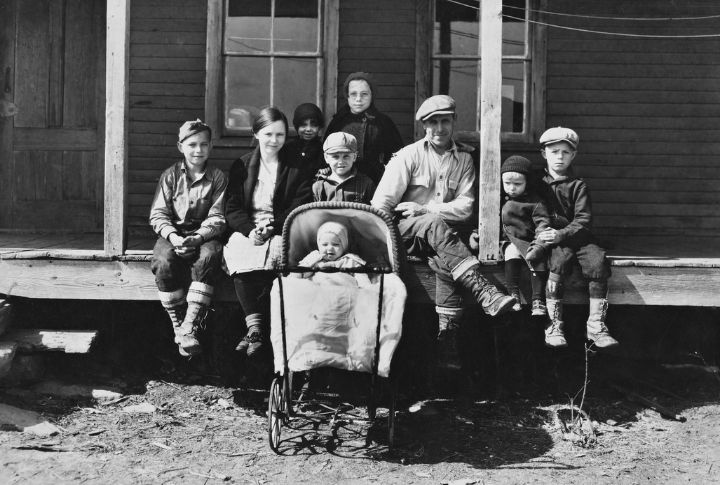
People talk about colonial life like it’s simple, but many beliefs about that era are totally wrong. Misconceptions about how people lived, worked, and organized their communities are everywhere. Some are surprising, others just plain wrong. Curious which beliefs are true and which are false? Here are the colonial myths you probably still believe.
Colonists Wore Only Drab, Brown Clothing

The idea that colonists dressed only in dull browns is misleading. Many wore bright reds, blues, and yellows, especially those who could afford imported dyes. Wealthier families followed European fashion trends and purchased new styles from London. Even children wore colorful garments and decorative patterns that signaled status and available resources.
Everyone Lived In Log Cabins

Most colonists lived in brick or wooden-frame houses, while log construction was primarily used on the frontier and among Scandinavian settlers. Those with higher wealth designed more expansive houses, complete with many rooms and glass windows. In early towns, English-style timber or brick houses were far more common.
Colonial Americans Were Universally Religious Puritans
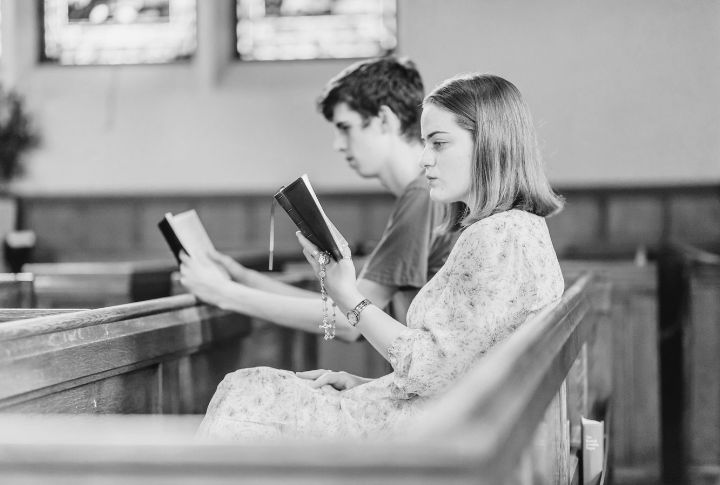
People usually think all colonists were strict Puritans, but that wasn’t true. Many were Anglicans, Quakers, Catholics, or Jews. Some colonies were even founded for business or trade, not religion. Places like Rhode Island welcomed different beliefs, and Maryland also became a safe spot for Catholics.
Colonial Families Were Large And Always Stable
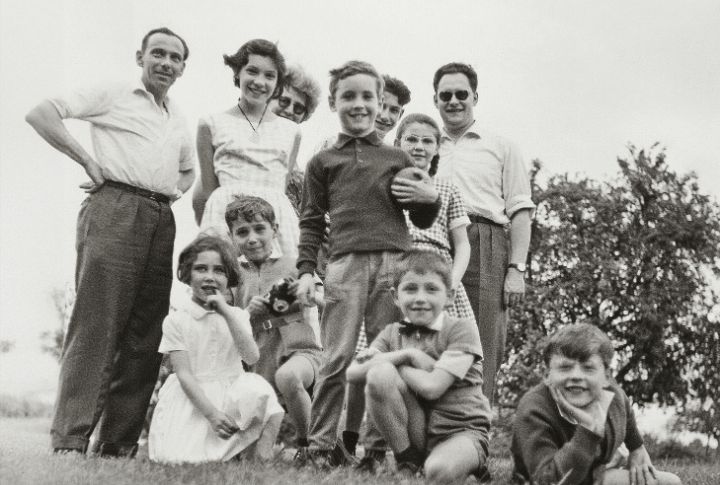
Disease and remarriages often disrupted colonial families. Children frequently lived under the care of step-parents and relatives, whereas apprentices commonly lived in the household. Far from the myth of always-large, stable families, colonial households remained practical and constantly adapting to life’s challenges.
Colonists Drank Only Water
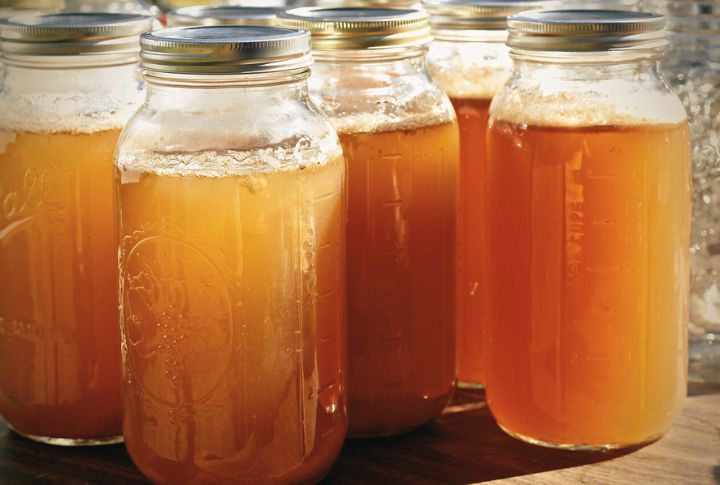
Colonists relied heavily on cider and other alcoholic drinks because water was typically unsafe. Even children consumed diluted alcohol for health reasons. Many households brewed their own beer using local ingredients. Across social classes, people regularly drank rum and whiskey, making alcohol a normal part of daily life.
Colonial America Was Entirely Rural
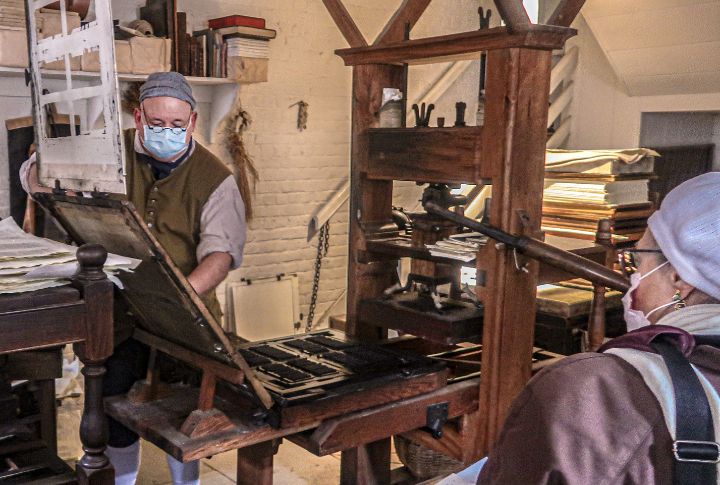
Cities like Boston and Philadelphia thrived as trade and cultural centers. Urban life included newspapers, theaters, and bustling coffeehouses, with multiple families often sharing a single building. Colonial city living was bustling and far removed from the quiet rural life many imagine.
Colonists Had No Access To Luxury Goods

Luxury goods were available to colonists through European trade. Wealthy families showcased imported china and expensive fabrics to express social status. Some merchants specialized in selling these high-end items to elite customers. Tea, one such luxury product, later became a powerful symbol of protest during the Boston Tea Party.
Colonial Schools Were Widespread And Standardized
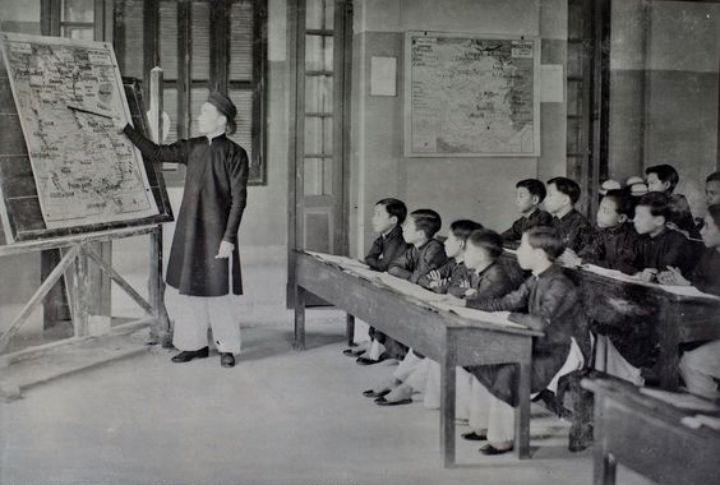
Schooling varied widely across the colonies. Many rural children received little or no formal education, while others attended inconsistent local schools. In some areas, families had to cover schooling costs by paying fees or providing firewood for teachers. Wealthy families frequently hired tutors or sent children to Europe, creating large differences in access.
Colonial Medicine Was Nonexistent
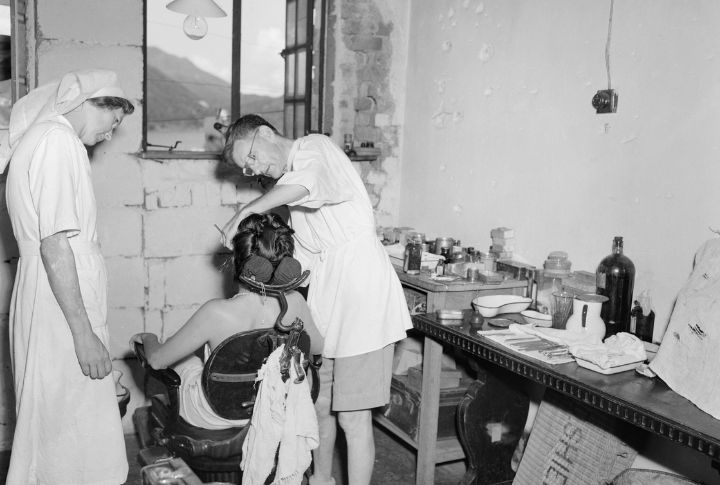
Although frequently imagined as nonexistent, colonial medicine did exist. Care came from doctors and herbalists, with some colonists using Native American remedies. Bloodletting and other traditional practices were widespread, which highlights how medical knowledge at the time was limited and often ineffective by today’s standards.
Colonial America Was Socially Equal

Life in colonial America was anything but equal. Your social status determined your opportunities, and most people—enslaved individuals, women, poor families, and servants—had little freedom or influence. Only free white men enjoyed real rights. Social hierarchies shaped every part of daily life, thereby keeping inequality firmly in place.

